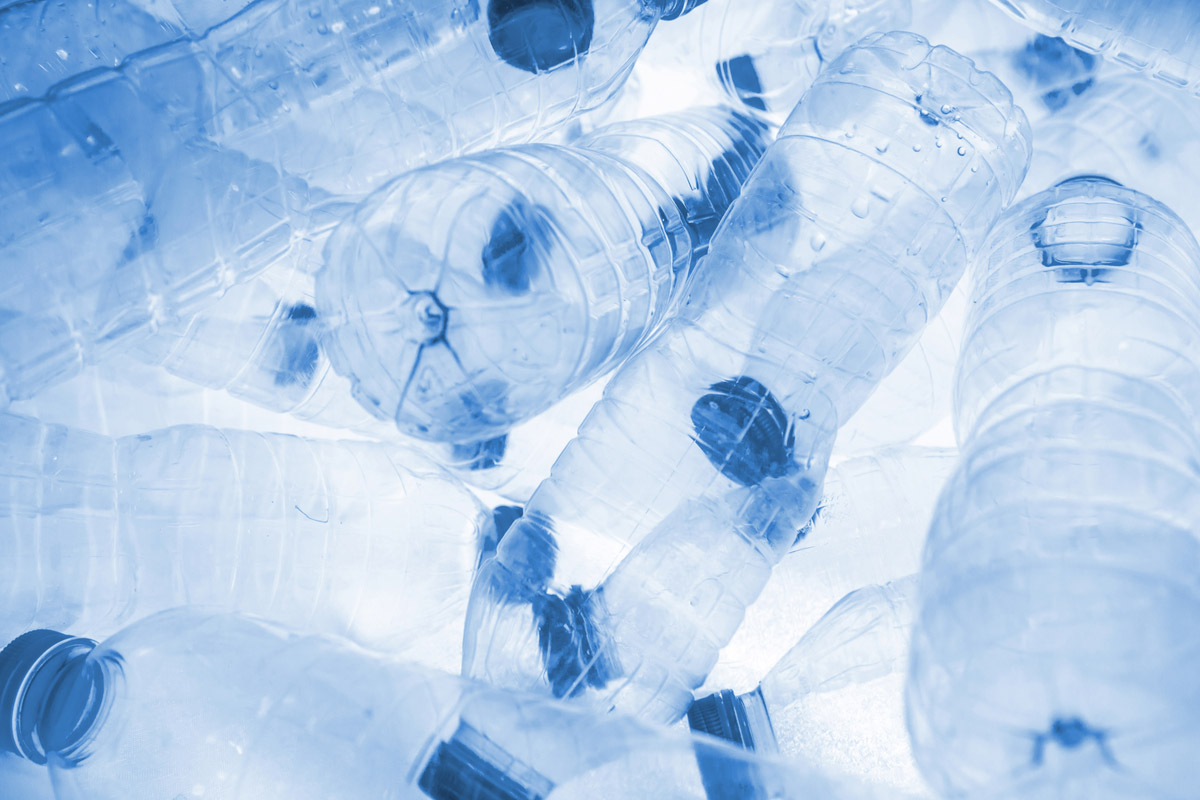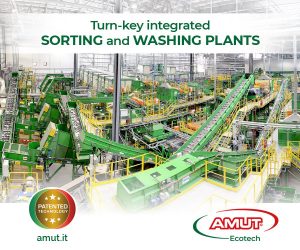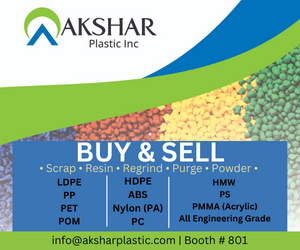
Amid lower PET bale prices, CalRecycle aims to offset costs for plastics recyclers. | Nixx Photography/Shutterstock
California regulators will double the subsidy paid to PET recycling companies, citing the lower prices that bottle bales are fetching on the market.
The California Department of Resources Recycling and Recovery (CalRecycle) on March 10 announced that, due to rapidly changing market conditions, it recalculated the amount of the payments it provides to PET bottle processors participating in the California Redemption Value (CRV) program.
Starting April 1, CalRecycle will pay them $170.51 per ton, or about 8.5 cents per pound, up from the current rate of $84.87 per ton, or about 4.2 cents per pound.
The state payments are intended to guarantee processors cover the costs of handling PET bottles collected through the CRV program and make a 10% profit. In calculating the payment rates, CalRecycle looks at both their estimated costs and revenues.
For costs, the state factors in the cost of recycling a ton of bottles, inflation and a 10% financial return. During this most recent recalculation exercise, CalRecycle estimated those costs add up to $554.80 per ton, or about 27.7 cents per pound. Then, it looked at the amount of money processors make selling the recovered plastic. The recalculated value is $384.29, or about 19.2 cents per pound. The subsidy of $170.51 per ton bridges that gap.
The state provides the subsidy to processors, which are companies that aggregate and bale containers, and those processors then pay their suppliers, which are companies that collect materials by redeeming consumers’ containers.
The doubling of the payment is likely to bring some relief to recycling companies that have been losing money because of falling PET prices. Nationally, average PET bale prices in the first quarter of 2023 are down about 50% from the first quarter of 2022, according to RecyclingMarkets.net. The data, which also reflects prices for lower-value PET bottles collected curbside and not through bottle deposit programs, shows prices began plummeting last June, although they’ve crept back up slightly over the first few months of this year.
Refining scrap estimation methods
CalRecycle is required to update the processing fees each year starting on January 1. Under certain circumstances, it can choose to recalculate and update the fees every three months if the markets are changing fast. That’s what CalRecycle chose to do this month.
But, under current law, the calculation must be based on the previous 12 months of scrap values. That means the scrap value average may not be close to reflecting current markets, said Susan Collins, president of the Container Recycling Institute (CRI), a California-based pro-bottle-bill advocacy group.
“I am very glad to see the doubling of the processing payment for PET for recyclers because that will offer much-needed revenue at this time,” she said. “It’s still not enough to cover the full cost of recycling PET, so I look forward to the rate being reset again in the following quarter and hopefully going up again. It should.”
A bill in the legislature, Senate Bill 353, would allow CalRecycle to calculate its processing payments based on the average scrap price over the previous three months, rather than the previous 12 months. CRI has been advocating for a change like that presented by SB 353 since 2016, she said.
The bill, introduced by Sen. Bill Dodd, D-Napa, has a hearing scheduled for March 29.
“We could have avoided a lot of chaos in the beverage container recycling program in California if something like the Dodd bill had passed many years ago,” Collins said.
More stories about California
- Both coasts see DRS program changes
- California advisory board examines barriers to EPR
- CAA announces program updates, personnel changes



